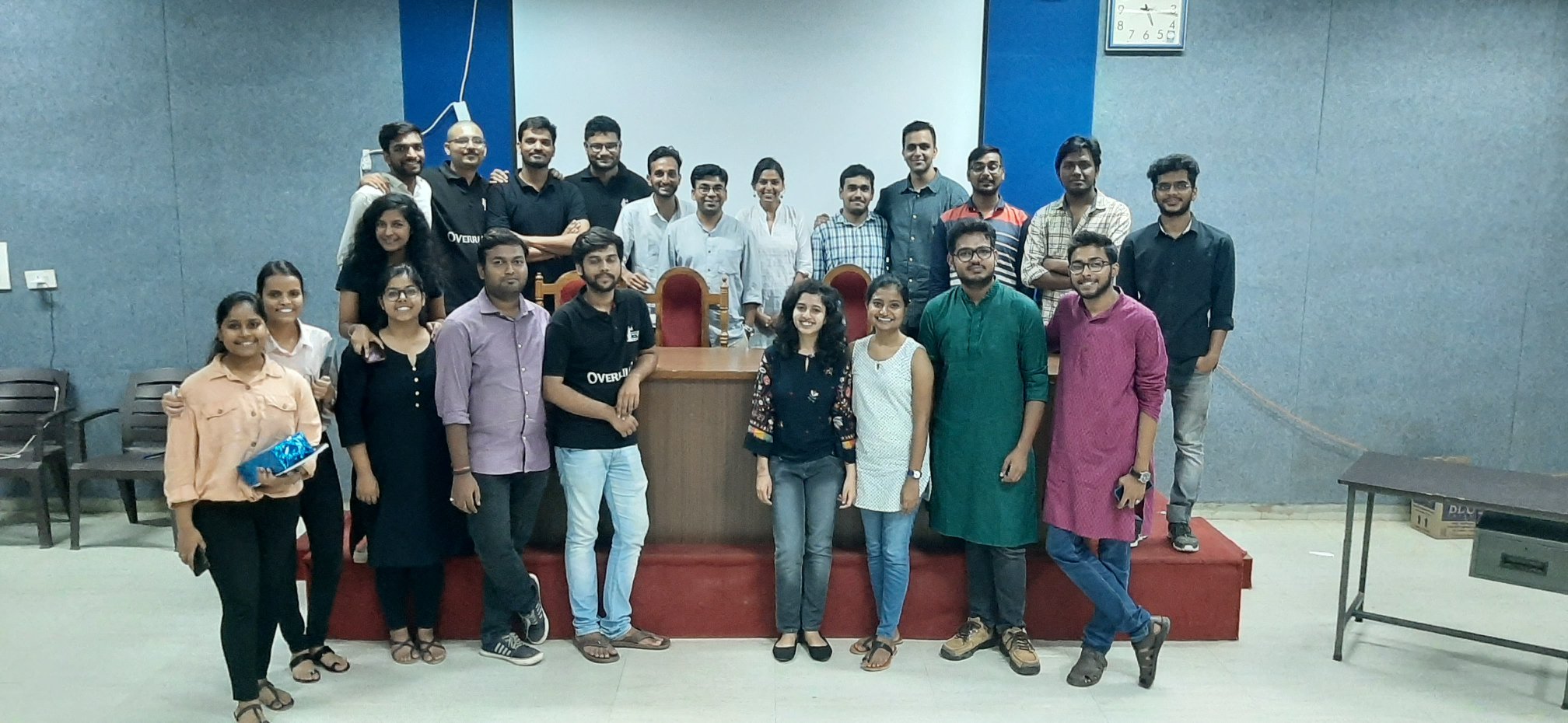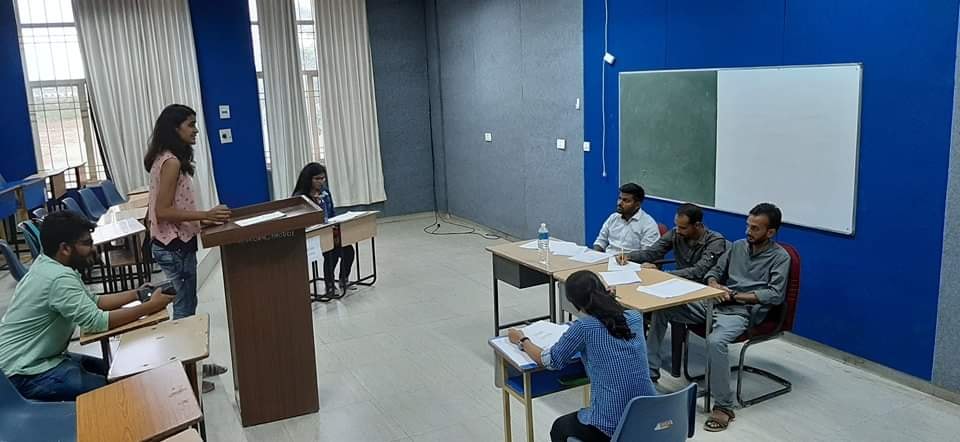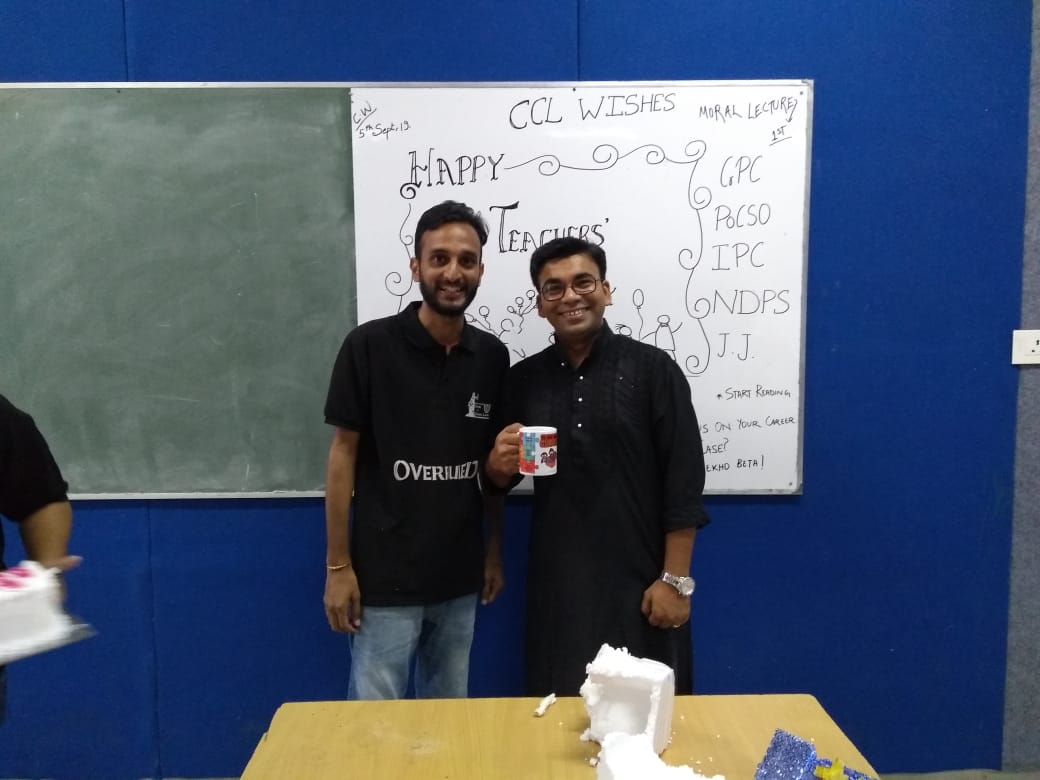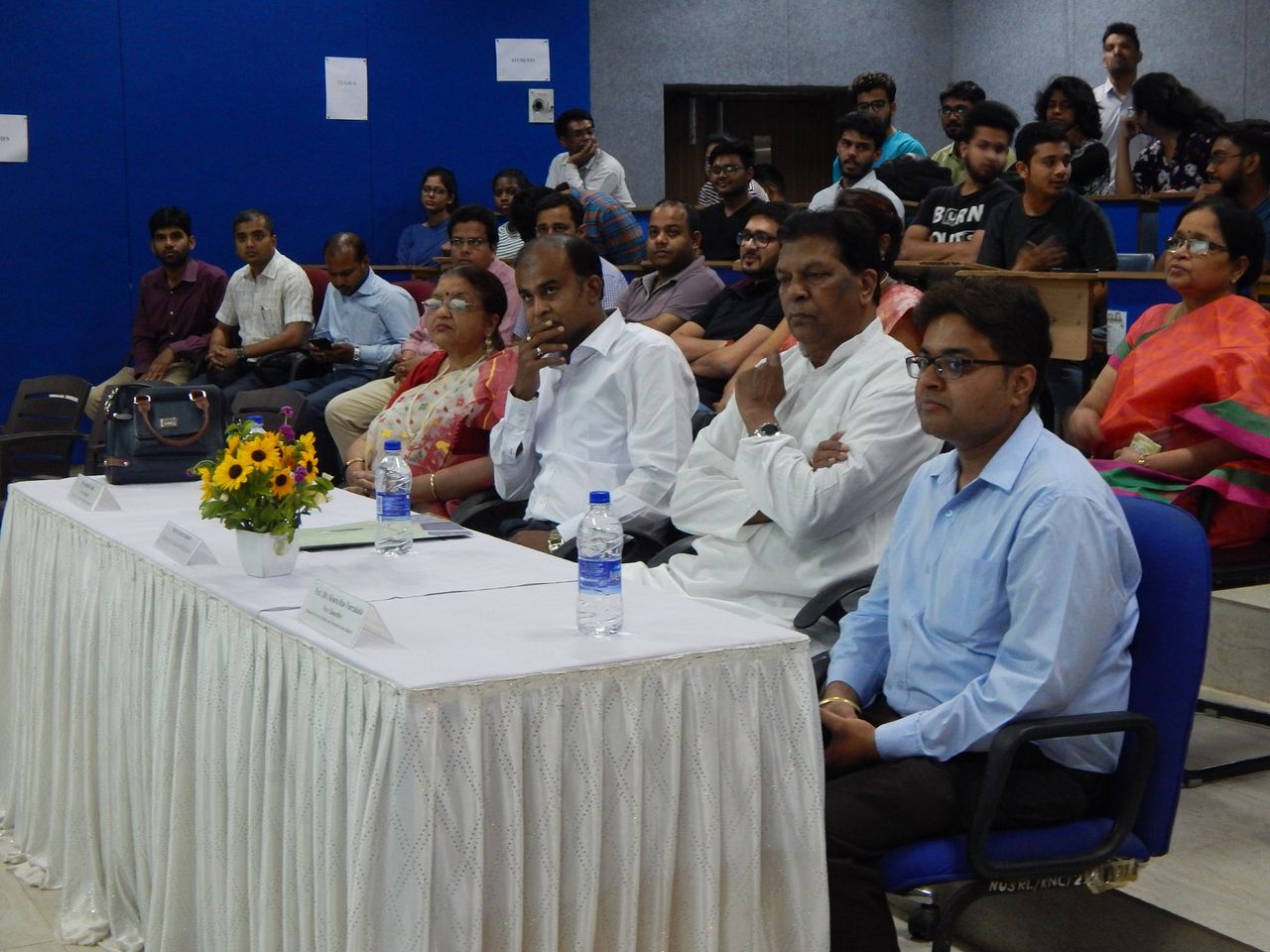Authors: Kanu Sharma & Raj Katar are students at Law College, Dehradun.
The horrific practice of female genital mutilation/cutting, or FGM, has long been practiced in certain Middle Eastern, Asian, and African nations. This is mostly an ancient custom carried out by the Dawoodi Bohra group in India. FGM—also referred to as Khatna/Khafz—violates the privacy of a woman’s body. It refers to a procedure when inexperienced midwives cut or slash the clitoris head of primarily six- to seven-year-old females. The goal of the study is to clarify whether or not this practice infringes on someone’s right to physical integrity, sexual autonomy, health, and—most importantly—the right to live in dignity. In the Bohra community, three out of every four girls are still coerced into having their genitalia cut during their preteen years.
Around 40 countries still practice female circumcision, a practice that dates back more than 2500 years. The savage custom of female genital mutilation/cutting, also known as Khatna or Khafz. “Eliminating Female Genital Mutilation, an Interagency Statement,” World Health Organisation (WHO Library Cataloguing in Publication Data, 2008) The language of female genital mutilation and its evolution have been covered in this paper. It was commonly referred to as “female circumcision” in the early years.
The worst kind of traditional religious practice carried out by the Bohra community, a Shia branch of Islam, is female genital mutilation. Under the guise of fundamental religious rituals, female genital mutilation, or FGM, is a human rights issue that is ignored. Because of society’s misogynistic attitudes, women are deprived of their sexual autonomy over their bodies. For FGM, instruments like forceps, scissors, blades, and knives are employed.
An estimated 130–140 million women and girls worldwide have had female genital mutilation.The horrific practice is carried out in 29 African nations as well as some Middle Eastern nations, but the Muslim Bohra minority in India keeps it a “deep dark secret.” This heinous atrocity is carried out in the name of culture and religion in a dimly lit, dilapidated structure. These young girls are subjected to such awful acts because of the ridiculous beliefs that the “clitoris head” is a “unwanted skin” and that not performing FGM would cause them to stray out of marriages. Islamic scholars support the legitimacy of this practice by invoking Prophet Mohammed and pointing out that it restrains women’s sexual urges. Some people think that in order for an uncircumcised woman to begin her “womanhood,” her “redundant” and “masculine” tissue needs to be removed.8 Human rights activists find justification for their fury in this behavior. It would be impossible for her to refrain from having premarital sex if FGM was performed. FGM is defined as “any processes that include modifying or injuring of female genitalia for other than medical purposes” by the World Health Organization (WHO) and United Nations.
Challenges in India
The practice of female genital mutilation in India was questioned in a Public Interest Litigation (Sunita Tiwari v. Union of India) filed in the Supreme Court in 2017. The lawsuit claims that the practice violates a woman’s right to life, dignity, privacy, bodily integrity, and unfair treatment. There is a contradiction in this instance between Article 21 and Articles 25 and 26 of the Indian Constitution. The freedom of religion and the ability to conduct one’s own religious affairs are on the one hand, and the right to life and personal liberty are on the other.Honorable Justice Chandrachud said, “Why should anyone have the authority to touch the female genital? No one can use religious practices to touch the female body.”
Indian Penalties for Female Genital Mutilation
Even if the savage act is not illegal in India under the pretext of “essential religious practice,” it is initially punishable by the Indian Penal Code and the Protection of Children from Sexual Offences Act, 2012 (also known as the POCSO Act). This heinous behavior is clearly illegal under both the POCSO Act and the Penal Code, 1860. The “essentiality test” now applies to mutilation, however illegal acts cannot be protected within the purview of “essential practices.”
Sections 319 to 326 of IPC and Sections 3 to 8 of POCSO Act apply to the decried conduct. Anybody who engages in such sexual assault against a minor under the age of sixteen faces a minimum sentence of 20 years to life in prison. The legislation does not require “sexual intent” in order to be applicable. As a result, the POCSO Act and the IPC’s provisions apply to the act’s perpetrators.
The “Essential Religious Practice” Doctrine Considering the Right to Bodily Autonomy
According to Articles 25 and 26 of the Indian Constitution, the Dawoodi Bohra group practices Khatna/Khafz as an “ancient” and “integral part of their religion” in India. A recent survey found that 75% of Bohra community members acknowledge female genital mutilation. Senior Bohra community figures, including Syedna Fakhruddin, deemed the practice to be “un-Islamic,” and it is questioned if the practice is required by religion.
It was disputed whether the custom of barring women from accessing places of worship qualifies as an “essential religious practice.” Delivering the decision, Justice Chandrachud, who authored a separate concurring judgment, stated: “A practice that is deemed important must be such that the nature of the religion would be transformed in its absence. A practice like this can only be considered “essential” to a religion if the faith undergoes a fundamental transformation.”
By applying the aforementioned theory, it is clear that FGM is not a necessary religious practice because its abolition will not alter the essence or essence of the religion. Female circumcision is a common example of the conventional patriarchal mindset that controls women’s sexual conduct in our society. The purpose of female circumcision is to prevent a woman from engaging in premarital sex or from becoming unfaithful to her spouse. This societal attitude cannot serve as a legal foundation under the constitution to deny her personhood and dignity. “No body of practices can claim supremacy over the Constitution and its vision of ensuring the sanctity of dignity, liberty, and equality,” the Supreme Court noted in the Sabarimala case.
Article 26(b) defines “religion” as “those practices, rites, and ceremonies that the society deems fundamental; the definition of essential tenets of a particular religion has been subject to judicial examination. One of the seven pillars of the ancient practice, according to the Dawoodi Bohra community, is “purity,” or “taharah,” as required by the Fatimid School of Islam.
There is a strong argument that although female circumcision is recommended in Fatimid School, male circumcision is mandated by Islam for all people. The question summarizes the conflict between group autonomy and individual superiority. According to Article 25 and Article 26(b) of the Indian Constitution, respectively, religion is defined as something that is practiced by individuals as well as by communities. When laws are enacted to control or limit aspects of religious practice, the struggle is typically between the community and the state, as well as between the individual and the state. Seldom do religious practices that an individual believes to be different from what their community formally approve of clash.
There is a conflict in these situations between upholding personal autonomy and adhering to religious principles. The traditional example of such an occurrence is female genital mutilation, for which the female members of the Dawoodi Bohra community have repeatedly demanded a prohibition due to the practice’s negative repercussions.
In the historic case of K.S. Puttaswamy v. Union of India80, also known as the “Privacy” ruling, the Supreme Court’s Constitutional Bench, consisting of nine judges, ruled as follows:
The fabric of a diverse culture is woven with a pattern of diversity that is closely tied to individual dignity and privacy. Individual privacy is a crucial component of dignity. Dignity has usefulness both in and of itself. A person’s body and mind can remain autonomous when they are in privacy. The capacity to decide on important issues pertaining to one’s life is known as autonomy.
Since our Constitution does not specifically mention them, the privacy judgment’s ruling provided the fundamental rights to privacy and bodily autonomy tangible form and substance. By a vote of four to one, the Supreme Court ruled in the Sabarimala case as well that a woman’s dignity cannot be superseded by religion and that a religious practice is the only thing that keeps a religion true to its core principles. The Honorable Supreme Court ruled unequivocally that no one else has the authority to make decisions for someone else about their personal autonomy, privacy, or sense of dignity. That being stated, no religious decree may violate the unpleasantness of female mutilation to an individual’s physical privacy and dignity.
In a Nutshell
The fundamental rights are based on the indisputable principle of individual dignity. Because it gives each person the freedom to make important decisions on their exercise of liberty, autonomy fosters dignity. Anything that undermines personal integrity is out of step with the values outlined in our constitution stated by Hon’ble J. Dhananjay Y Chandrachud.
It is indisputable that members of the Indian Dawoodi Bohra community are subjected to flagrant violations of their basic rights to bodily integrity, privacy, and sexual autonomy. The many types of female genital mutilation cause their victims to suffer from physical, psychological, and sexual trauma for the rest of their lives.
The choice to undergo circumcision becomes a social one, emphasized by the ingrained fear of religious excommunication for failing to undertake female circumcision, which forces women to adhere to the harmful religious practice. Under the pretence of “essential religious practice,” the act of mutilating a girl kid clitoris is incredibly cruel and inhumane. Article 26(b) requires all rituals and rites to pass the muster of “public order, health, and morality.” In fact, mutilating one’s genitalia is not a moral nor a health-promoting practice for women.
The Supreme Court must put reason above bluster, outlaw the barbaric practice of female circumcision, and end the long-running argument between religious freedom and gender autonomy/equality. Rather than passing the matter on to the legislature, the judiciary need promptly outlaw the practice and issue suitable guidelines aimed at outlawing the practice of any kind of female mutilation.
In addition to judicial intervention, religious and global community leaders must effectively address the issue of female genital mutilation by implementing programs that invest in women’s empowerment and girls’ education. The first step in the proper direction should be educating, raising awareness, and sensitizing the Dawoodi Bohra community members about the detrimental consequences on women’s health, especially in light of the intimate nature of female circumcision and the complicated elements involved in the quest to remove it.







Leave a comment